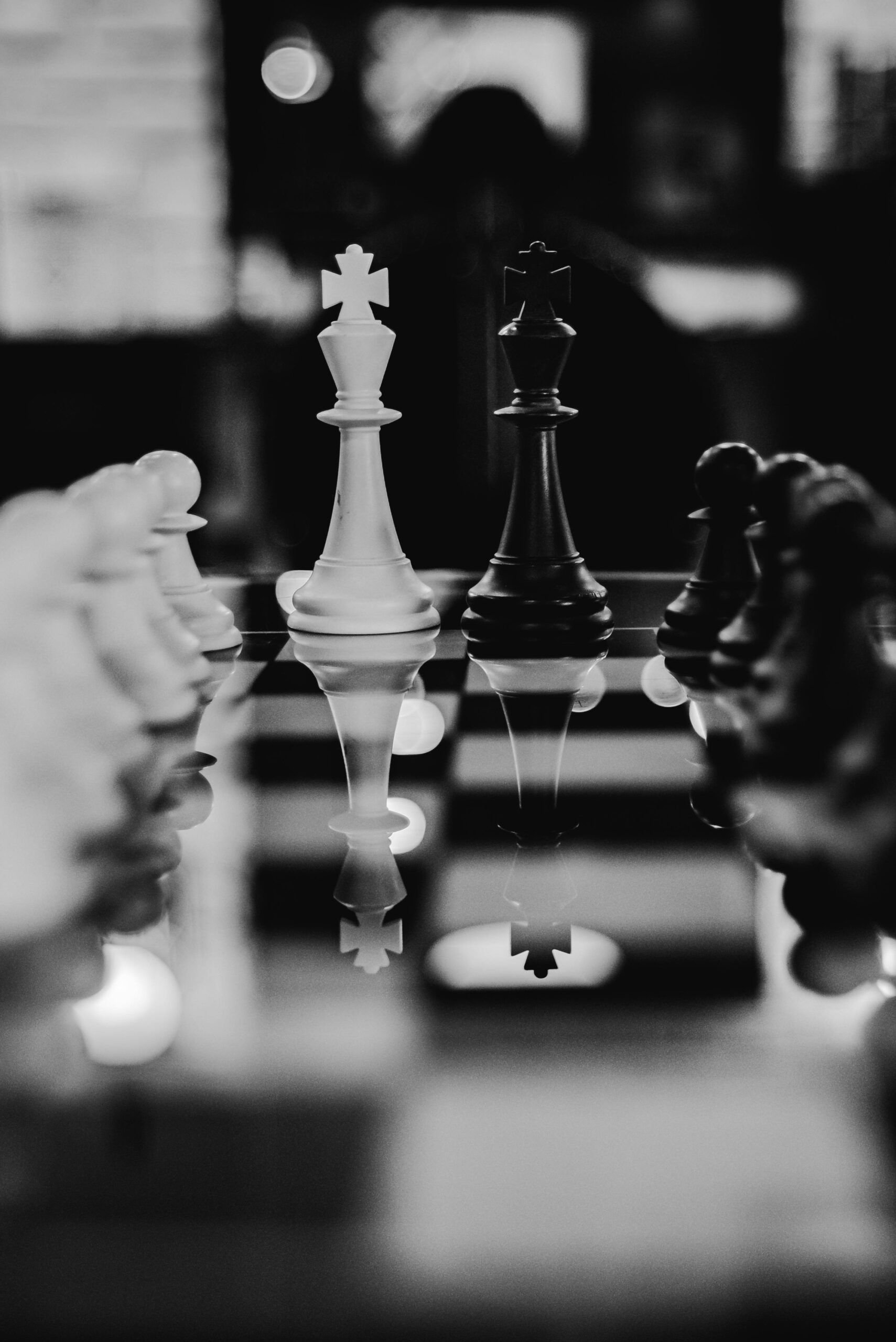Classical Pilates (Contrology): A Timeless Approach to Mind-Body Mastery
Classical Pilates, originally termed Contrology by its founder Joseph Pilates, is a holistic exercise system designed to strengthen the body, enhance flexibility, and cultivate mental focus. Developed in the early 20th century, this method emphasizes precision, controlled movements, and breath synchronization, rooted in the belief that physical and mental health are interconnected. Unlike modern fitness trends that prioritize speed or intensity, Classical Pilates adheres strictly to Joseph Pilates’ original teachings, preserving the integrity of his 34 mat exercises and specialized apparatus work. This article explores the origins, principles, and enduring relevance of Classical Pilates, examining how its disciplined approach continues to benefit practitioners seeking balance, rehabilitation, and functional strength in today’s fast-paced world.
The Origins and Philosophy of Contrology
Joseph Pilates created Contrology during World War I, drawing inspiration from yoga, martial arts, and rehabilitative practices to aid injured soldiers. His philosophy centered on achieving “complete coordination of body, mind, and spirit” through deliberate, mindful movement. Unlike generic exercise routines, Contrology was designed as a corrective system, targeting muscular imbalances and improving posture. Pilates believed that modern lifestyles caused physical deterioration, and his method aimed to restore natural alignment and vitality. The original repertoire, meticulously documented in his 1945 book Return to Life, remains the gold standard for Classical Pilates practitioners today, reflecting its founder’s vision of holistic wellness.
Core Principles of Classical Pilates
Classical Pilates operates on six foundational principles:
- Breath: Coordinating inhalation and exhalation with movement to oxygenate muscles and maintain rhythm.
- Control: Prioritizing quality over quantity, ensuring every motion is intentional and precise.
- Centering: Activating the “powerhouse” (abdomen, lower back, and glutes) to generate movement.
- Concentration: Focusing the mind on each exercise to enhance mind-body connection.
- Precision: Executing movements with anatomical accuracy to maximize benefits.
- Flow: Transitioning seamlessly between exercises to maintain grace and continuity.
These principles ensure that Classical Pilates transcends mere physical exercise, becoming a meditative practice that fosters self-awareness.
The Role of Apparatus in Classical Pilates
Joseph Pilates invented apparatus like the Reformer, Cadillac, and Wunda Chair to provide resistance and support, enabling users to perform movements unattainable on the mat alone. The Reformer, for instance, uses springs and pulleys to challenge stability while protecting joints, making it ideal for rehabilitation. Unlike modernized versions, Classical Pilates apparatus adhere to Joseph’s original designs—wooden frames, leather straps, and coil springs—to preserve the method’s tactile feedback and resistance dynamics. These tools are not mere accessories but integral to achieving the method’s full potential, offering scalable difficulty for beginners and advanced practitioners alike.
Classical vs. Contemporary Pilates: Key Differences
While contemporary Pilates often incorporates fitness trends like cardio intervals or yoga fusion, Classical Pilates remains purist. Key distinctions include:
- Sequencing: Classical sessions follow Joseph’s prescribed order of exercises to progressively warm up and challenge the body.
- Apparatus Design: Modern equipment often uses synthetic materials and altered mechanics, deviating from the original spring tension and wooden structures.
- Teaching Style: Classical instructors undergo rigorous apprenticeships to master the method’s nuances, whereas contemporary certifications may prioritize brevity.
This adherence to tradition ensures Classical Pilates retains its rehabilitative efficacy and philosophical depth.
Conclusion: The Enduring Legacy of Classical Pilates
Classical Pilates stands as a testament to Joseph Pilates’ visionary approach to wellness, blending physical rigor with mental discipline. By honoring its origins, principles, and apparatus, this method offers a counterbalance to today’s fragmented fitness culture, emphasizing sustainability over quick fixes. Whether used for rehabilitation, athletic conditioning, or stress relief, Classical Pilates empowers individuals to reclaim control of their bodies and minds. As research continues to validate its benefits—from improved posture to enhanced cognitive focus—its relevance only grows. For those seeking a practice rooted in intentionality and tradition, Classical Pilates remains an unparalleled path to holistic health.
